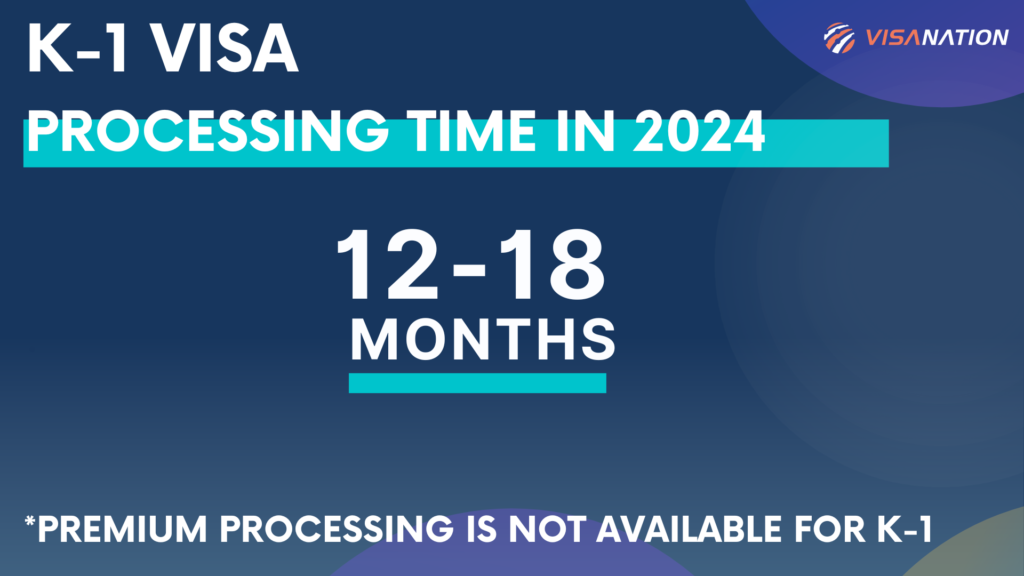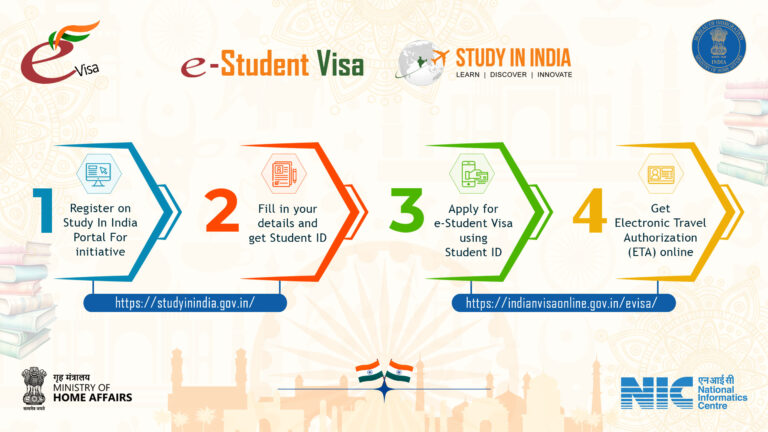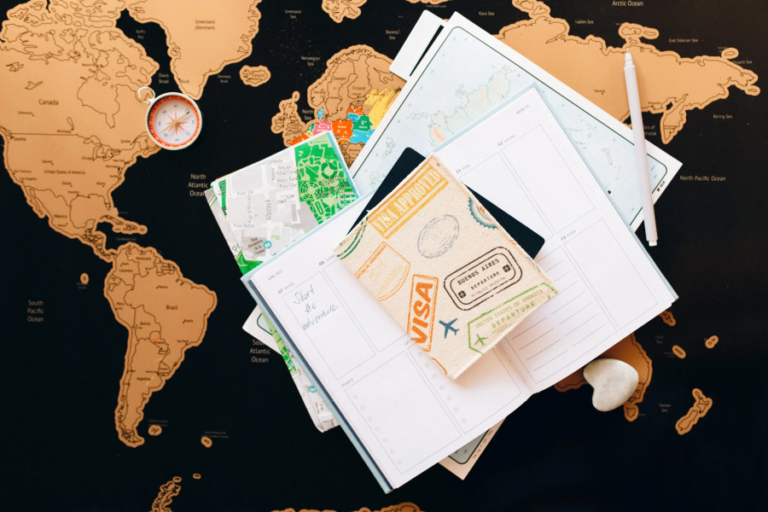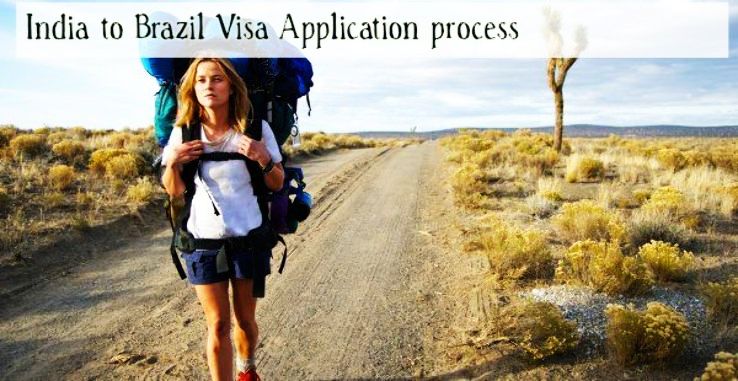
Traveling to India from the United States requires obtaining an appropriate visa, as U.S. citizens are not granted visa-free entry to India. Whether traveling for tourism, business, medical treatment, or other purposes, understanding the visa application process is crucial for a smooth journey. This article provides a comprehensive guide to obtaining an Indian visa from the USA.
1. Types of Indian Visas for U.S. Citizens
India offers several types of visas depending on the purpose of travel. U.S. citizens can apply for the following types:
- Tourist Visa: The most common visa for U.S. citizens traveling to India is the Tourist Visa. This visa is issued for leisure travel, Indian Visa from USA
- family visits, or sightseeing. Typically, a Tourist Visa is valid for up to six months, with either single or multiple entries allowed, depending on the applicant’s request.
- Business Visa: If you are traveling to India for business purposes, such as attending conferences, meetings, or establishing business relationships, you will need to apply for a Business Visa. This visa is generally valid for six months to five years, with multiple entries allowed.
- Medical Visa: U.S. citizens who wish to travel to India for medical treatment or consultations are eligible to apply for a Medical Visa. This type of visa allows the individual to stay in India for medical purposes, typically for up to six months. Extensions may be possible in certain circumstances.
- eVisa: The Indian eVisa is an online visa application system that allows U.S. citizens to apply for short-term visas. The eVisa is available for tourism, business, and medical purposes. The visa is valid for up to 60 days and can be issued multiple times in a calendar year. This eVisa can be applied for up to 4 months in advance of travel.
- Transit Visa: If you are only passing through India on your way to another destination, you may need a Transit Visa. This visa is generally valid for 72 hours and allows you to transit through India without staying longer than necessary.
2. How to Apply for an Indian Visa from the USA
There are two main ways to apply for an Indian visa from the United States: applying through the eVisa system for short-term visits or applying for a regular visa through the Indian Embassy or Consulate.
a) Applying for an eVisa
The eVisa system is a convenient and fast way for U.S. citizens to obtain a visa for India. The eVisa is available for tourism, business, and medical purposes, and applicants can complete the entire process online. INDIAN VISA FROM JAPAN
- Eligibility: U.S. citizens are eligible to apply for an eVisa for travel to India for short-term stays of up to 60 days.
- Application Process:
- Visit the official Indian eVisa website and select the type of visa you wish to apply for (tourist, business, or medical).
- Complete the online application form, including personal details, travel information, and passport details.
- Upload the required documents, such as a scanned copy of your passport, a passport-sized photograph, and any other supporting documents depending on the type of visa.
- Pay the visa fee online using a credit or debit card.
- Processing Time: The eVisa is processed within 3-5 business days, but it is recommended to apply at least a week in advance to allow for any delays.
- Approval: Once your eVisa is approved, it will be sent to you via email. Print a copy of your eVisa and carry it with you when you arrive in India. Upon arrival, present your printed eVisa at the immigration checkpoint.
b) Applying for a Regular Visa
If you need a longer stay, or if you are not eligible for an eVisa, you will need to apply for a regular visa through the Indian Embassy or Consulate.
- Visa Application Form: U.S. citizens must fill out the online visa application form on the Indian Embassy or Consulate’s website. Make sure all the details are accurate and up-to-date.
- Required Documents:
- A valid U.S. passport with at least six months of validity.
- A recent passport-sized photograph.
- Proof of travel arrangements (flight bookings).
- Proof of accommodation in India (hotel bookings or an invitation letter from a host).
- Proof of financial stability (bank statements, tax returns, or proof of sufficient funds).
- Submission: After completing the application, submit the necessary documents and pay the applicable visa fee. You may need to visit the nearest Indian Consulate or Embassy for an interview or biometric data collection, depending on the type of visa you are applying for.
- Processing Time: Processing for regular visas typically takes 7-10 business days, but it can take longer during peak times. Make sure to apply well in advance to avoid any travel disruptions.
3. Visa Fees for U.S. Citizens
The cost of an Indian visa varies depending on the type and validity. Below is an estimate of the fees for U.S. citizens:
- eVisa: The cost for an eVisa typically ranges from USD 10 to USD 100, depending on the visa type (tourist, business, or medical) and the applicant’s nationality.
- Tourist Visa: The visa fee for a tourist visa usually ranges from USD 60 to USD 150, depending on the duration and the number of entries.
- Business Visa: Business visa fees can range from USD 100 to USD 200, depending on the validity and number of entries.
- Medical Visa: The fee for a medical visa usually falls between USD 100 and USD 150.
Please note that fees may vary, and it is important to check the current rates before applying.
4. Important Considerations for U.S. Citizens
- Validity and Extensions: Tourist visas are typically valid for up to six months, while business visas can be issued for up to five years. If necessary, extensions may be requested, but it’s important to apply well in advance to avoid any issues.
- Vaccinations: Depending on the region in India you are visiting, certain vaccinations may be required, such as for yellow fever. Check with your healthcare provider before traveling.
- Arrival in India: Upon arrival in India, you will need to present your visa (eVisa or regular visa) at the immigration checkpoint. Ensure your documents are in order to avoid delays.
5. Conclusion
Obtaining an Indian visa from the USA is a relatively straightforward process, whether applying online for an eVisa or through the Indian Embassy or Consulate for a regular visa. U.S. citizens traveling to India should determine the type of visa they need based on the purpose of their visit and follow the appropriate application steps. By understanding the visa application process and preparing in advance, travelers can ensure a smooth and hassle-free trip to India.



